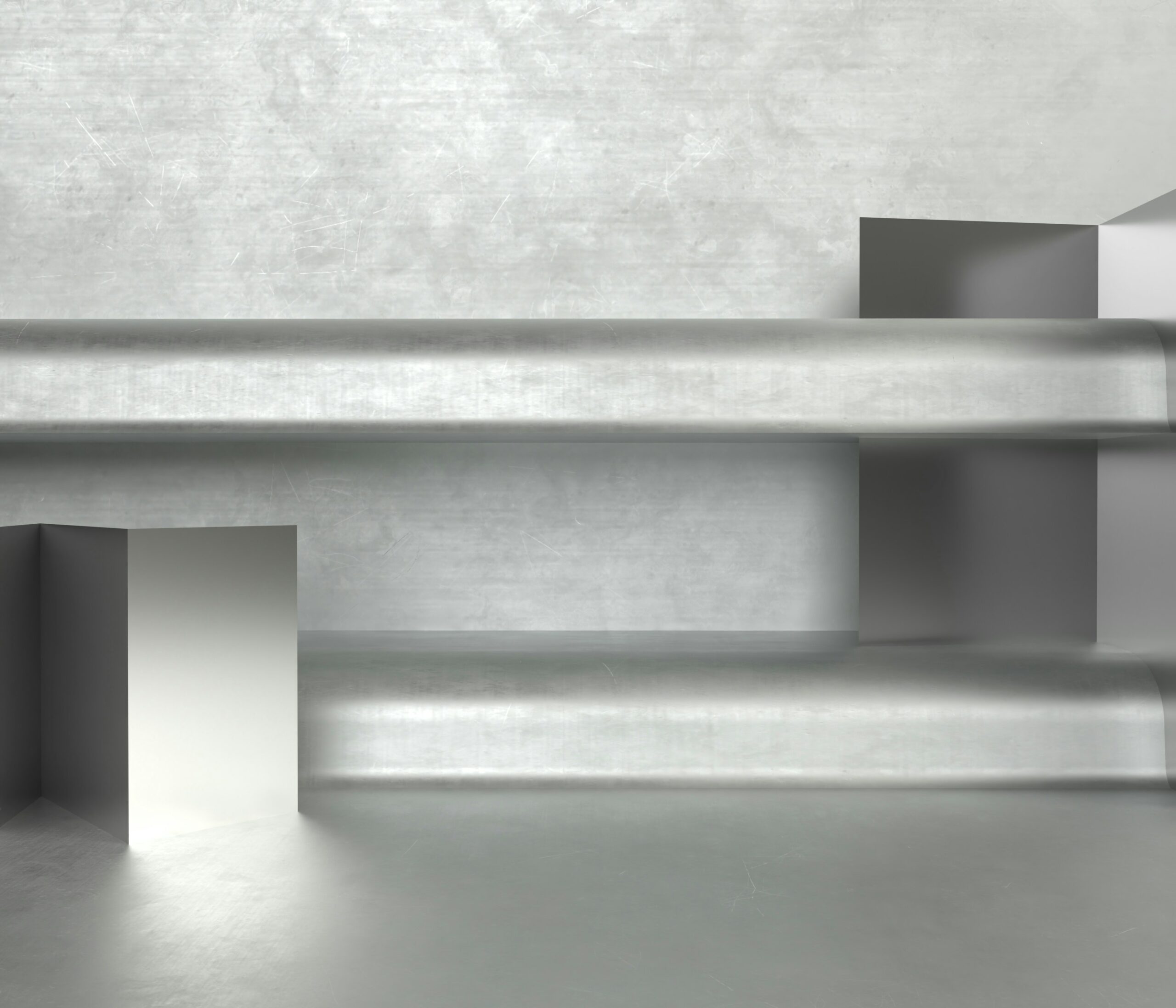Aluminium thresholds play a crucial role in various industries and environments, from construction to transportation, offering a combination of durability, aesthetics, and functionality. Understanding aluminium thresholds can help you make informed decisions that enhance both safety and design whilst also providing a number of benefits.
What are aluminium thresholds?
Aluminium thresholds are horizontal strips or bars, usually placed at the bottom of doorways or openings. They serve multiple purposes, including bridging gaps, providing a smooth transition between different floor levels, and sealing doors. As thresholds are crafted from aluminium, they come with many benefits including being lightweight, corrosion-resistant and highly durable.

Key benefits of aluminium thresholds
Aluminium thresholds offer several advantages that make them a preferred choice across various industries and business types:
- Durability: Aluminium is resistant to rust and corrosion, ensuring longevity even in harsh environmental conditions
- Lightweight: Despite being sturdy, aluminium is lightweight, making it easier to install and handle
- Aesthetics: Available in various finishes, aluminium thresholds can complement a wide range of architectural styles and offer an abundance of different styles and themes
- Thermal Efficiency: Aluminium thresholds can be designed to include thermal breaks, improving energy efficiency by reducing heat transfer
- Low Maintenance: With its resistance to weathering and wear, aluminium requires minimal maintenance compared to other materials including wood or steel
- Sustainability: Aluminium is 100% recyclable, making it an environmentally friendly choice. Recycling aluminium requires only 5% of the energy needed to produce it from raw materials, reducing its environmental impact and helping businesses or individuals meet their economic targets
- Customisation: Aluminium can be easily customised to fit specific design requirements and can be personalised and designed to suit a selection of themes and ideas

Common Uses of Aluminium Thresholds
Aluminium thresholds are a versatile and practical solution for both commercial and residential applications. Whether you’re looking to enhance the accessibility of a public building or improve the energy efficiency of your home, aluminium thresholds offer a reliable, cost-effective solution that stands the test of time. With proper installation and minimal maintenance, these thresholds will continue to provide value and functionality for years to come.
They can be used in a variety of business types and industries including:
Commercial buildings
Aluminium thresholds are commonly used in offices, retail spaces, and public buildings to help create a smooth transition between rooms and prevent tripping hazards, ensuring compliance with accessibility standards. They can also help with aspects such as energy consumption and ventilation, creating a comfortable environment for employees, customers and visitors.
Residential properties
In homes, aluminium thresholds are often found at the base of doors leading to the exterior, such as patios or balconies. They provide a barrier against draughts and moisture, contributing to better energy efficiency and comfort throughout a house or apartment.
Industrial settings
In warehouses and factories, aluminium thresholds can withstand heavy traffic and harsh conditions which are often a result of fast pace working, large machinery and a high amount of chemicals. They are often used in loading bays, doorways, and other high-traffic areas where durability and safety are paramount.
Transportation industry
Aluminium thresholds are also used in vehicles, including buses and trains, to provide a durable, non-slip surface that enhances safety, comfort and reliability for passengers.

Types of Aluminium Thresholds
There are various types of aluminium thresholds available, each designed for specific applications:
- Standard door: These are the most common types, providing a simple, effective solution for bridging gaps between rooms or between the interior and exterior of a building
- Thermal break thresholds: Designed with a thermal break, which reduces heat transfer and improves the energy efficiency of a space
- Low profile thresholds: Ideal for accessibility, low profile thresholds minimise the height difference between two surfaces, making them suitable for wheelchair users
- Weatherproof thresholds: These are specifically designed to provide a seal against the elements, preventing water, wind, and debris from entering the building


